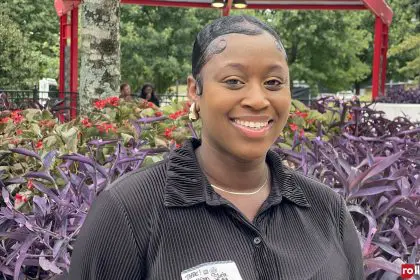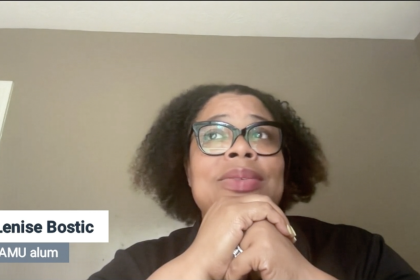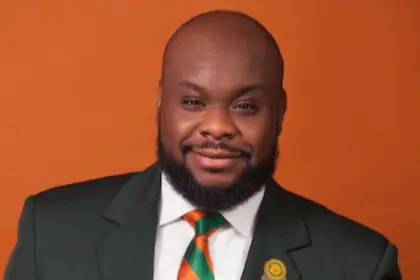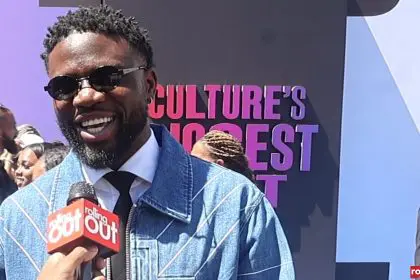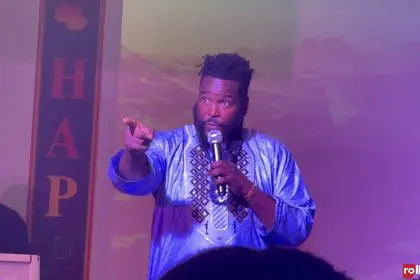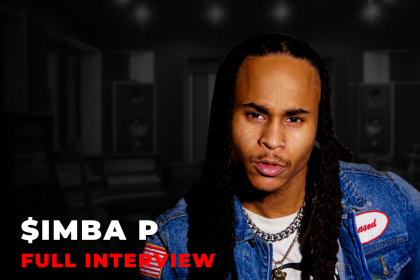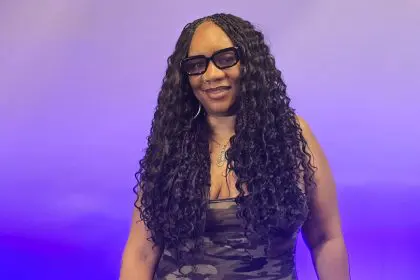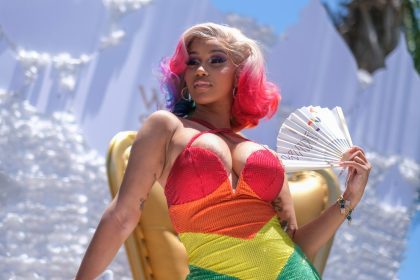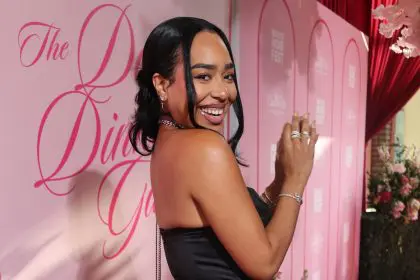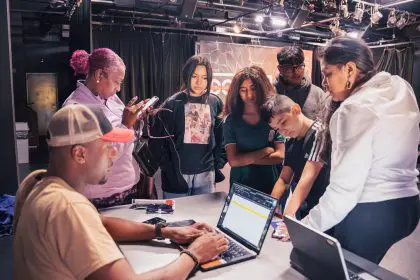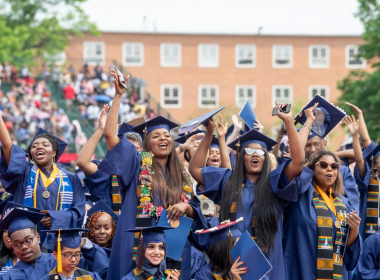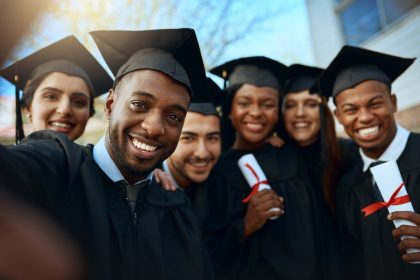Cheriss May has left her mark on the world of photography.
A press photographer covering the Obama administration, May taught at Howard University for 18 years and was a Leica Mentor for Photography Students at Savannah College of Art and Design.
May recently spoke to rolling out about her experience in the field and classrooms.
What does it mean to you to shoot iconic moments like the Obama administration?
As a Black woman who is a photographer, documenting that historical presidency was amazing. I get goosebumps still thinking about being there to document that time in history. Honestly, I didn’t see that as a time that would happen during my time while I was still here, honestly. So, to not only see that but be charged with documenting that was amazing.
Say it LOUD.⠀
.⠀
There’s power in silence. In the quiet moments is where we breathe, and connect to our strength. (Photo by Cheriss May).⠀
.⠀#cherissmay #storyteller #lovewhatidodowhatilove #lifeofaphotojournalist #loud #sayitloud #loudportraits pic.twitter.com/9yX3HFhYNU— Cheriss May (@cherissmay) April 29, 2020
What is the backstory behind your popular Michelle Obama photo?
I actually call it “Hidden Figures.”
During their time at the White House, Michelle Obama, then first lady, hosted a screening of the movie Hidden Figures for military families. I was a part of that press pool covering that event.
After the movie, she came and spoke to the military families present and hosted a discussion with the cast and director of the movie.
People look at that photo and think, “Oh, she sat for a portrait for [May] for that photo.” But it was actually during a news event. A lot of times when I’m doing this work, and I think other photographers can attest to this, a lot of it is intuition. Just a feeling sometimes of where you need to position yourself so you connect with certain moments in the best or strongest way.
This particular day, because of the subject of the movie, and I knew that it was going to be heavy, I anticipated there would be this powerful moment when she was speaking after the screening. So, I positioned myself to be on the side of the room. As she was speaking about the movie, she talked about how it wasn’t lost on her being the first African American first lady, and thinking about all the “hidden figures” that built the White House. In that moment, she dropped her head for a few seconds, and it got a little emotional for her. That’s when I connected with that photo. I knew in that moment I connected to the feeling she was having in the weight of what she was charged with as the first African American first lady.
What do you think about the media industry devaluing photographers because of AI?
I don’t really see it going there because there’s still things that AI just cannot do that a person can do. For instance, when you look at an AI photo, the first thing I look at are the hands because AI just does some crazy things with the hands. You can typically look at it; they’ll have extra fingers, or they’ll be deformed in some kind of way. Once you see that, you’ll start looking around, and you can see other things because there’s no human involved. It’s scouring images that exist out there online, and it’s trying to replicate what a human, an actual photographer, took. It’s a replication; it’s not perfect at all. I think in the growth of AI, it still cannot replace a photographer; it can’t replace a writer; there are just certain nuances that a computer is just not going to get.


